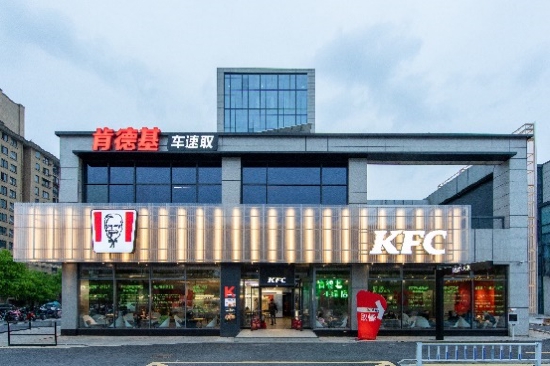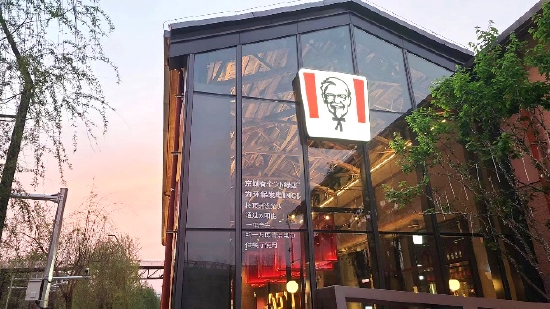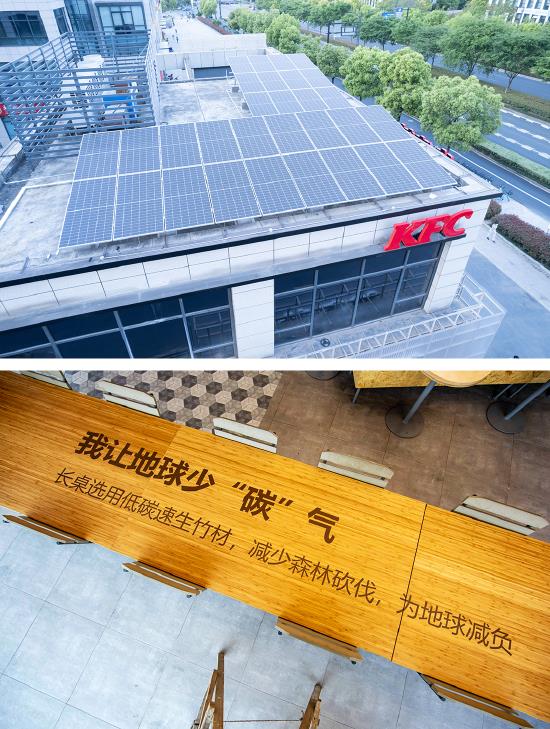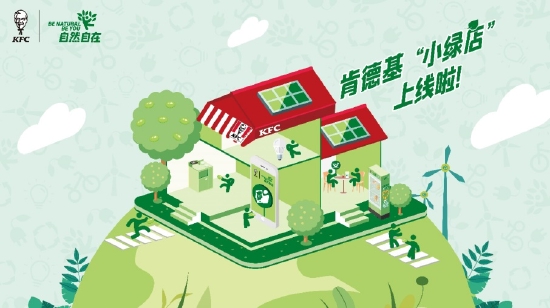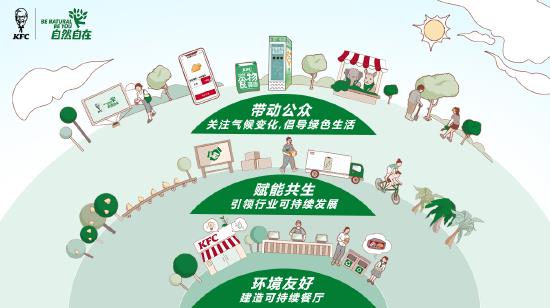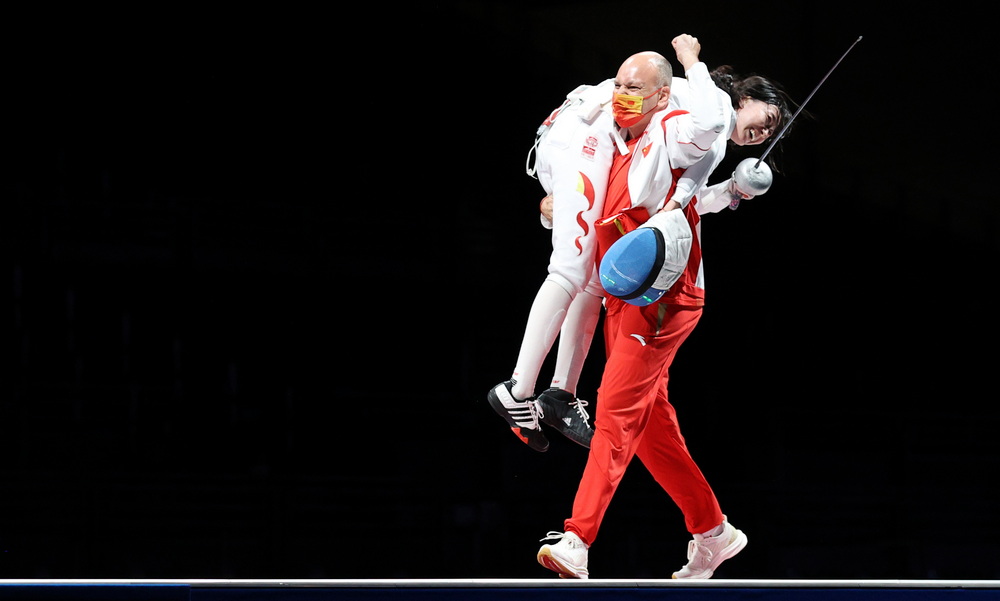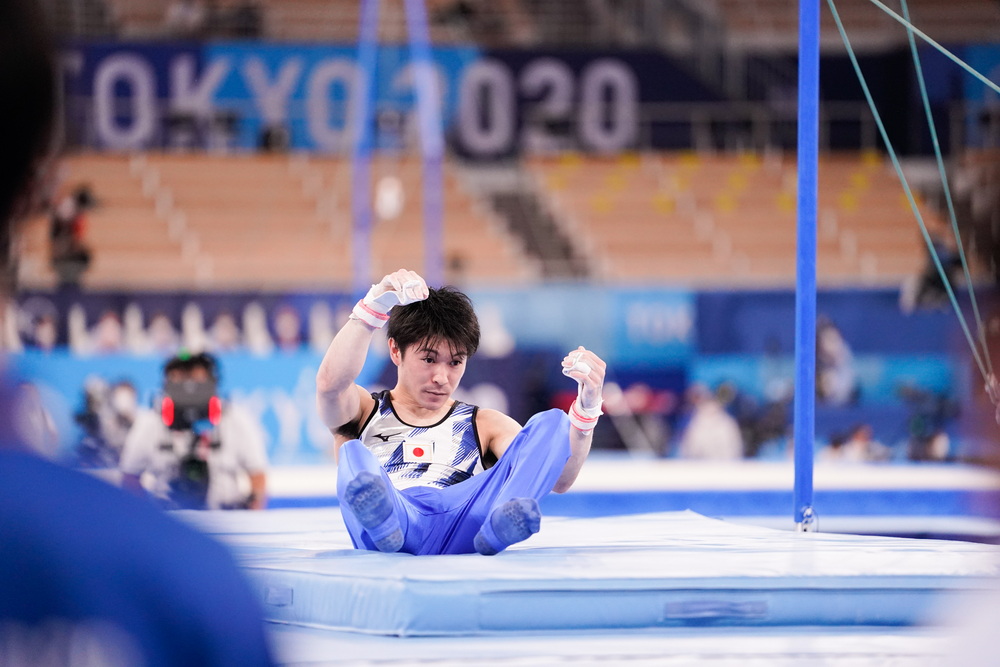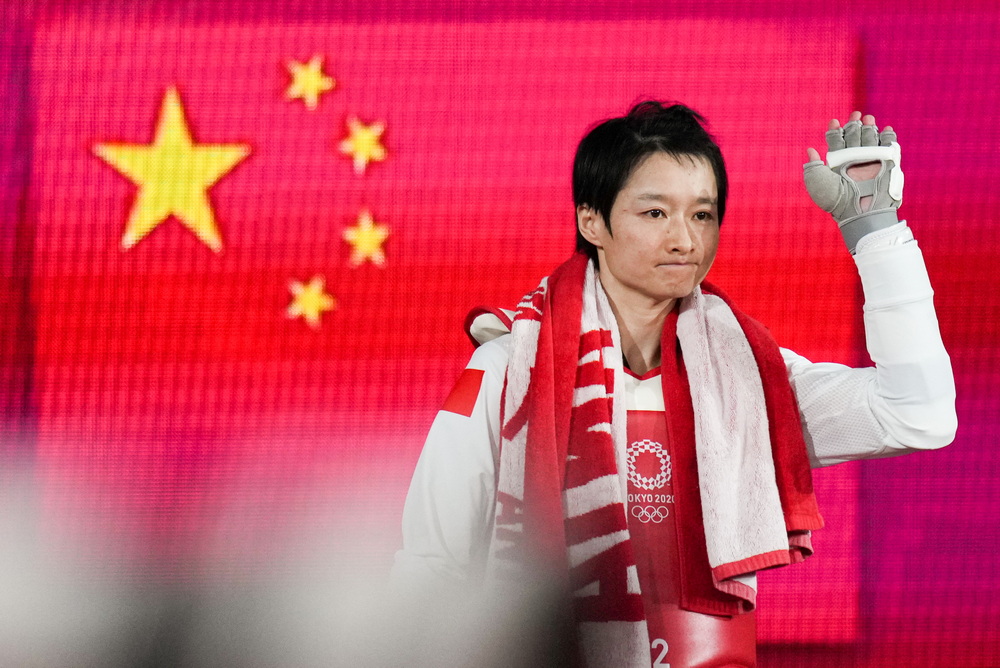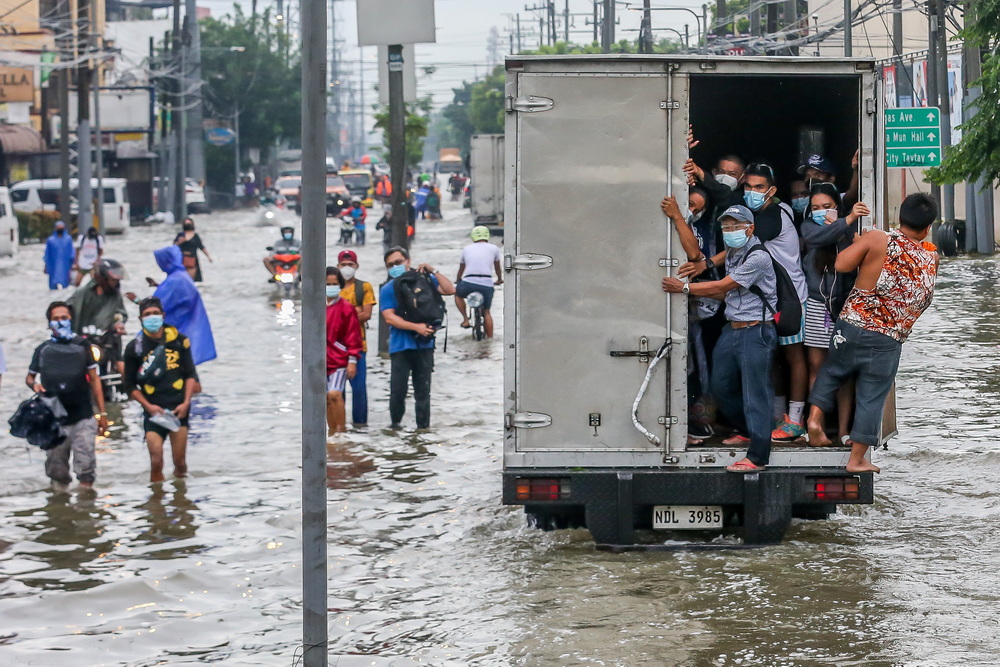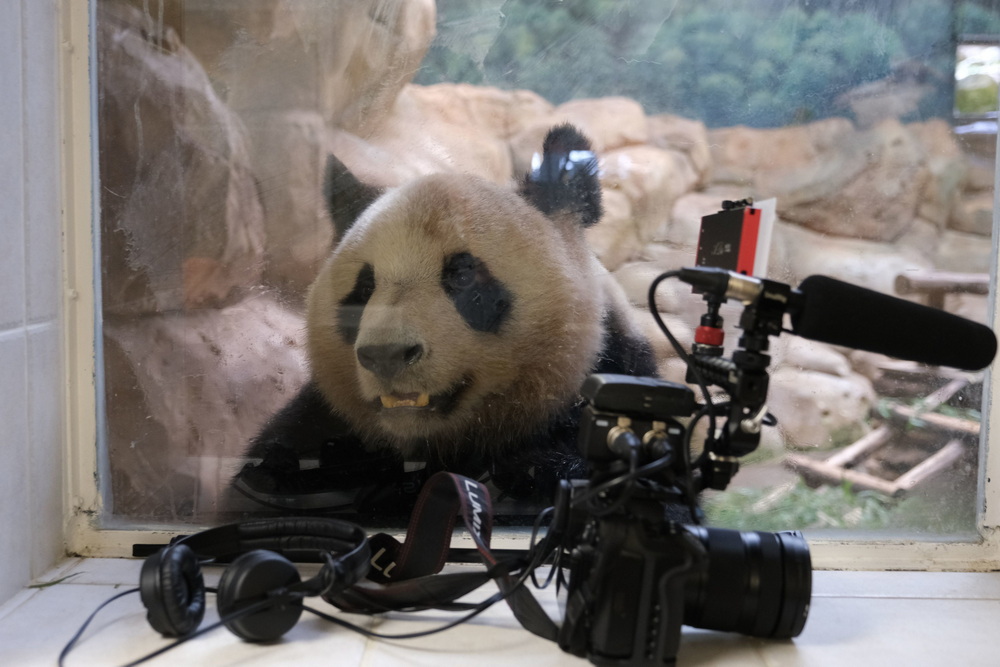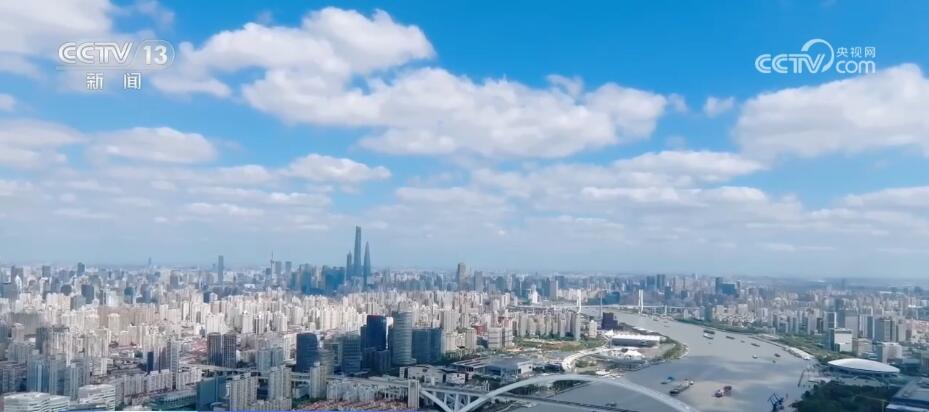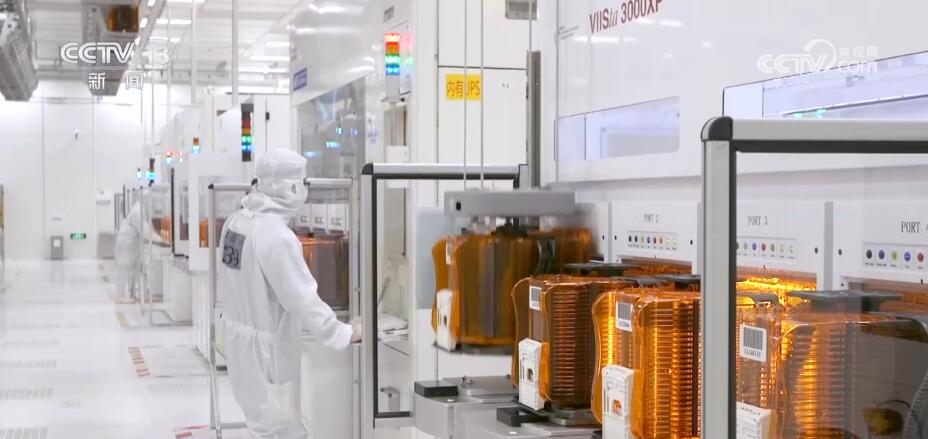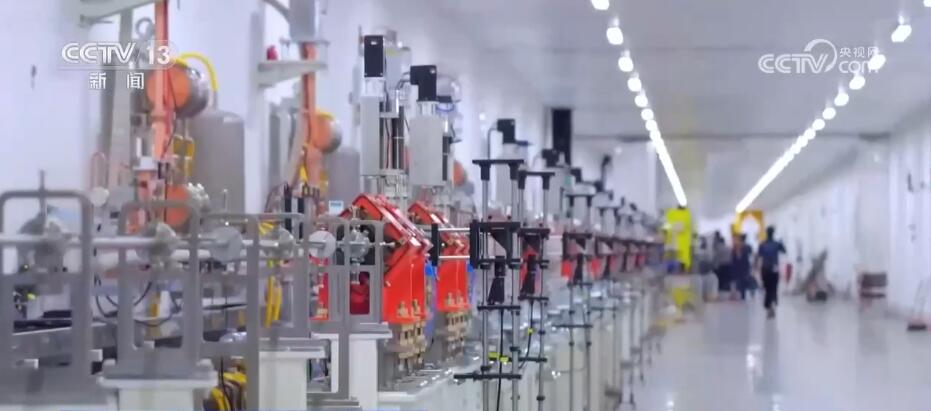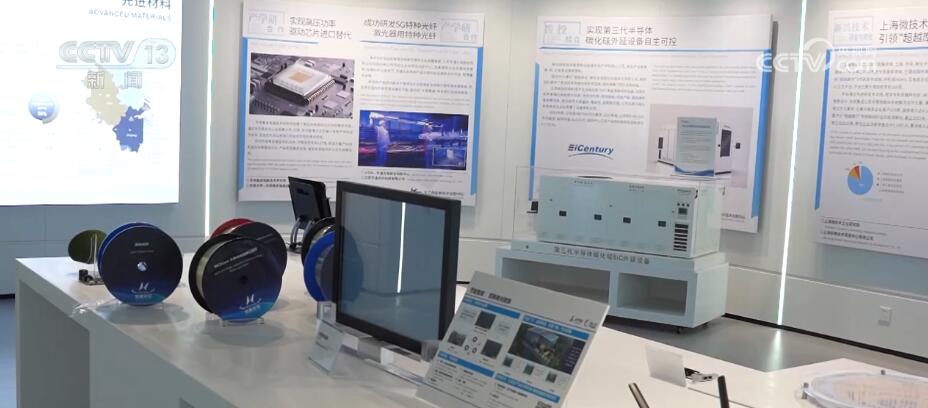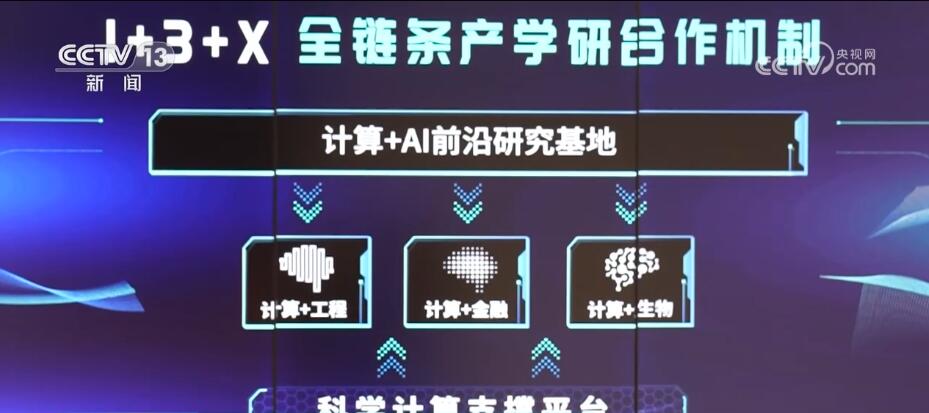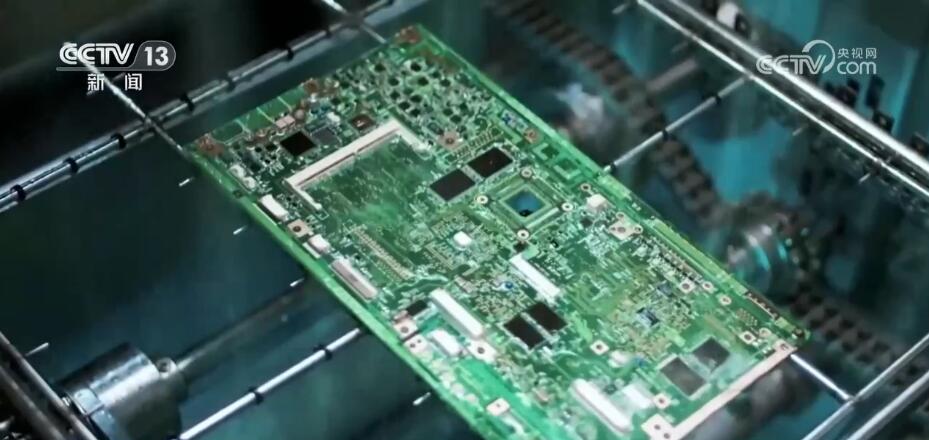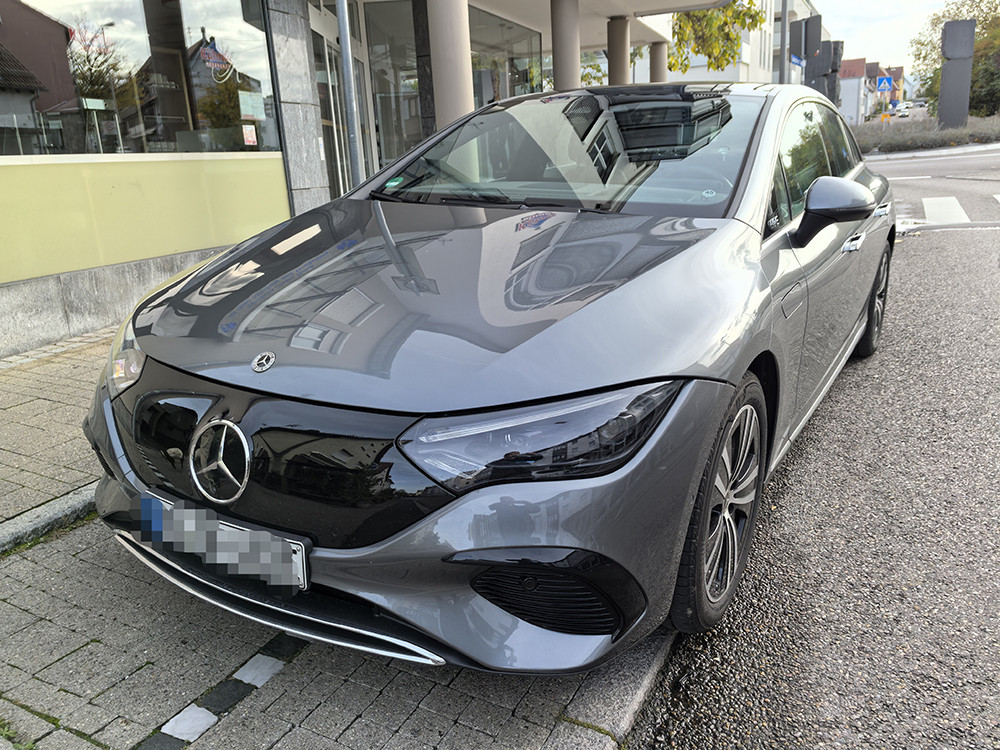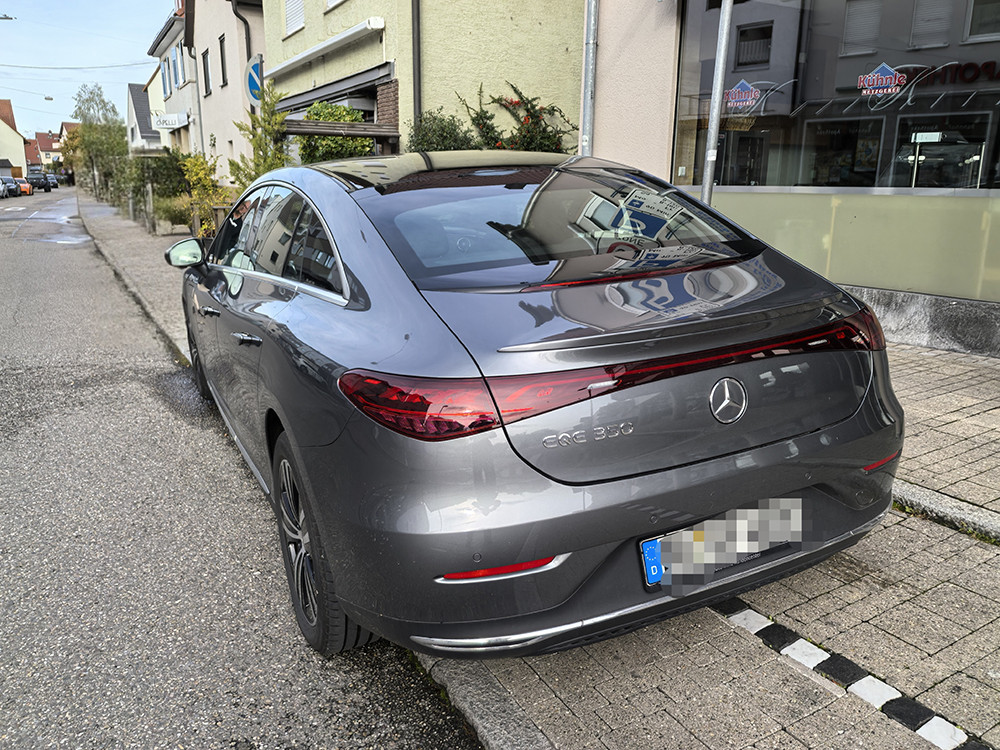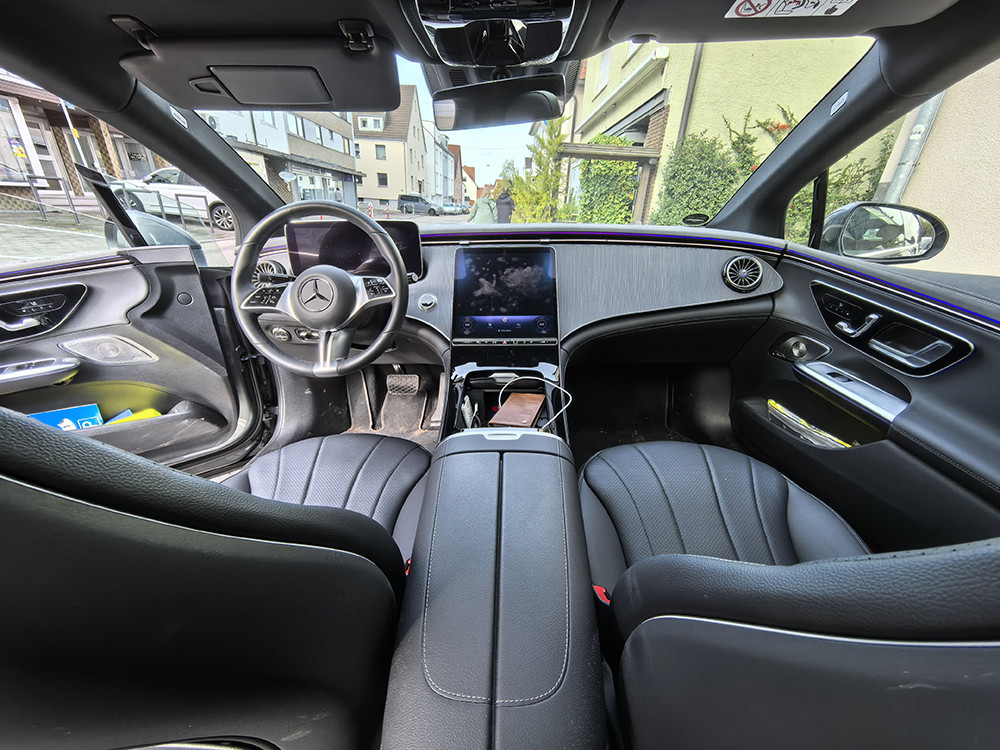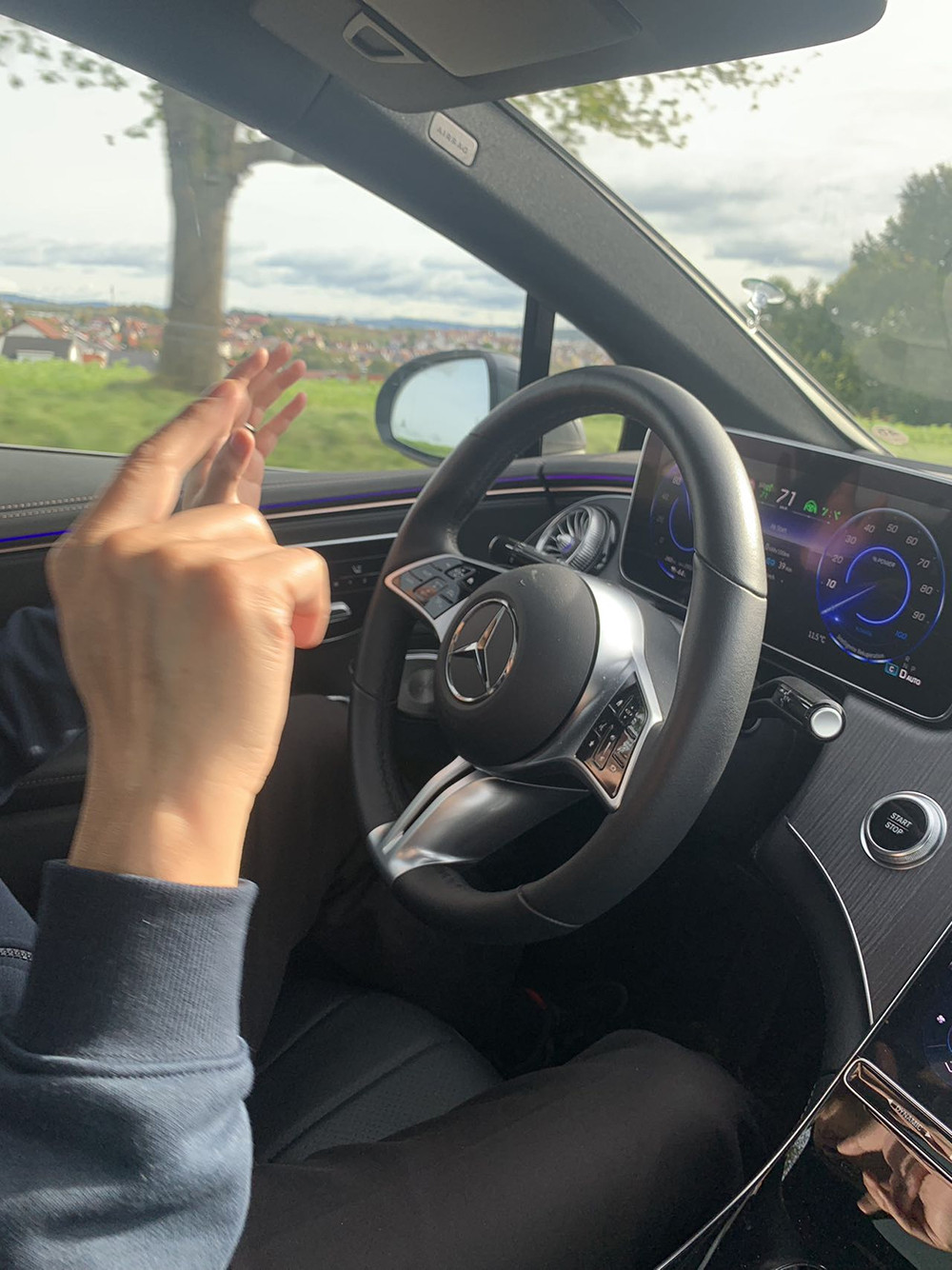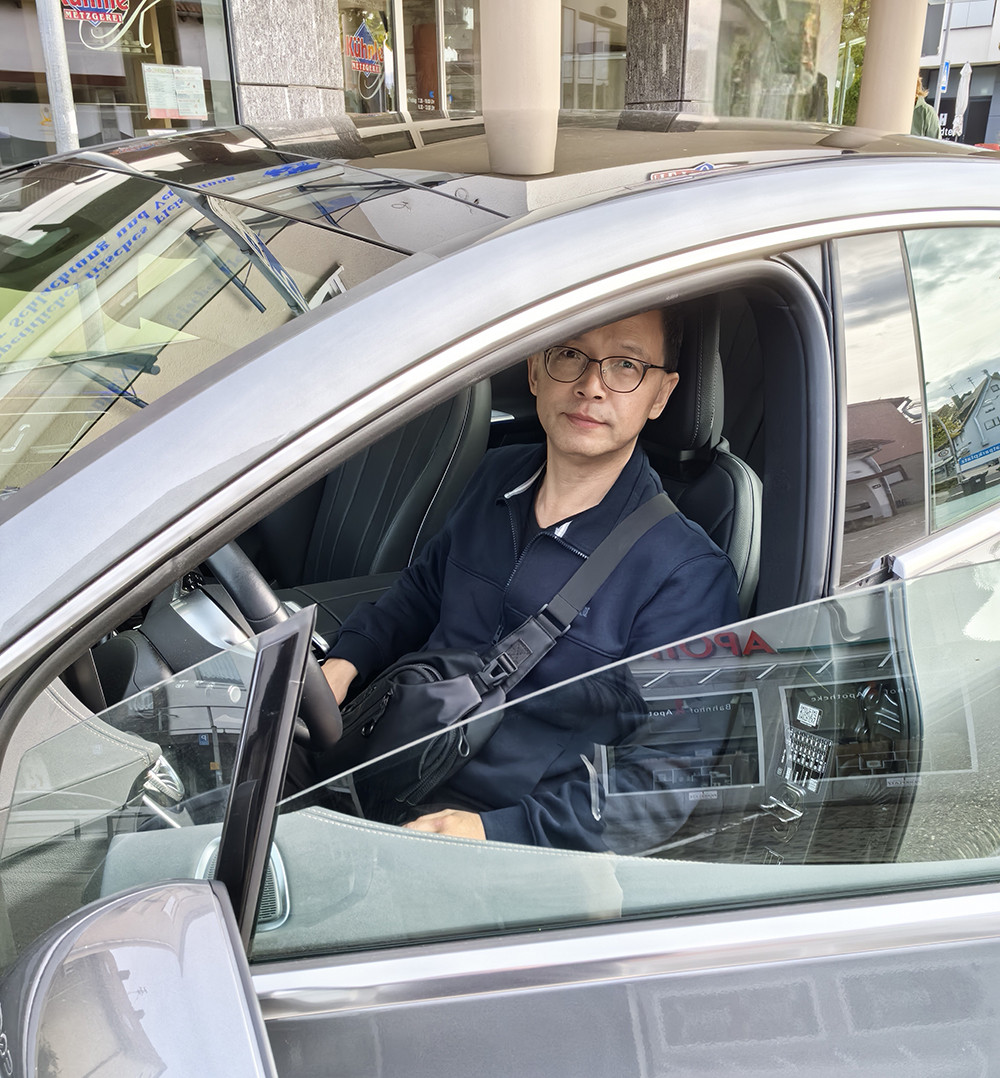Nanjing "Detective Traffic Police" used Interpol platform to find out a large number of smuggled cars.
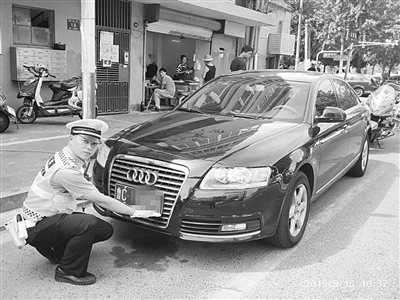
Yang Xueguang became a smuggler "nemesis".
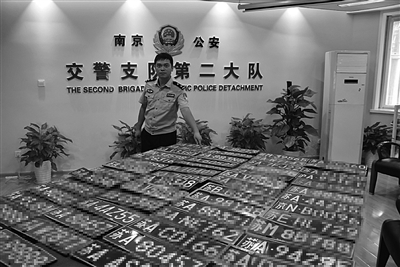
Rolls-Royce, Porsche, Maserati, Land Rover, Mercedes-Benz and BMW … … More than 30 luxury cars with a total price of tens of millions are neatly parked in the parking lot of Shuangqi Road, the Second Brigade of Nanjing Traffic Police, losing their former glory under the flashing of warning lights … … Nanjing xinjiekou’s core area is an ordinary figure, but its big eyes are particularly radiant, and it is this pair of intense big eyes that make the car-related criminals passing through Xinjiekou area tremble with fear. He is Yang Xueguang, deputy squadron leader of the Fourth Squadron of Nanjing Traffic Police No.2 Brigade, who is known as the "Detective Traffic Police" in Xinjiekou. Since the beginning of this year, Yang Xueguang has seized 21 vehicles with fake license plates, 118 vehicles that have been inspected and scrapped, 5 "clone" vehicles and 4 smuggled vehicles.
Stripping cocoons, INTERPOL platform finds out the smuggling car.
"I am a policeman! Turn off the engine and get out of the car, or the window will be broken! You are suspected of serious violation of the law … …” This scene did not happen in the police film, but the real scene of investigating and dealing with serious suspects suspected of smuggling, deck and other serious violations. At 8: 30 am on August 26th, when Yang Xueguang patrolled to the screw corner of Shigu Road, he found a Mercedes-Benz GL450 with Su D license plate driving from west to east. Because he likes to study cars, Yang Xueguang judged at a glance that the vehicles in front of him are American standards and belong to the vehicles with common smuggling. Adhering to the concept of "every doubt must be investigated", he intercepted the vehicles.
The driver showed his certificate, and checked that there was nothing wrong with the vehicle’s driving license and license plate. Moreover, after comparison by the police platform, the frame number WDCGG8BB0******* * * * * was consistent with the background information. Yang Xueguang still has doubts, and as a result, he found clues from some details. The odometer of the vehicle is in English units, and the temperature measurement is also in Fahrenheit, which do not meet the domestic vehicle registration standards. In addition, the VIN code of the window does not meet the identity standard of Mercedes-Benz. Yang Xueguang inspected the steel seal number of the vehicle and found that the frame number was suspected of being changed. Because he often studied the car, he manually retrieved the ECU of the driving computer, and the real frame number 4JGBF71E******** * * * suddenly came into view. After verification, the car was not legally registered in China, and it was suspected of smuggling and cloning the Su D number plate, so Yang Xueguang temporarily detained the vehicle on the spot.
In order to further verify the identity information of the vehicle, Yang Xueguang purchased special tools for inspection, and finally determined that the vehicle steel seal number was indeed polished and chiseled, and fixed the evidence. Coincidentally, not long ago, a "cloned" Mercedes S550 car with the fake frame number WDDNG5EB4B * * was also seized. Yang Xueguang took advantage of his CET-6 and found out that the car had four maintenance records in North America through the all-English Interpol website platform, thus verifying that the source of the car was indeed a used car smuggled from the United States.
Touched by a thorny accident, he became a "detective traffic police"
A thorny accident aroused his determination to investigate and deal with illegal activities such as vehicle inspection and cracking down on fake license plates, and thus became the "nemesis" of vehicle inspection and license plate vehicles. It started in October 2015, when Yang Xueguang was informed to deal with a traffic accident, and a 70-year-old man was injured by a van. Due to the overdue annual inspection of the vehicle, the insurance company refused to pay for the losses caused by the traffic accident, and the poor economic conditions of the perpetrators made the case mediation compensation deadlocked. Facing the tearful 70-year-old victim, Yang Xueguang’s heart was deeply touched: if we can find and investigate the inspected vehicles in advance, we can save two families.
This incident aroused Yang Xueguang’s determination to investigate and deal with illegal activities such as vehicle inspection and cracking down on fake license plates and certificates. Since then, he has studied hard, learned from his teachers and carefully pondered the characteristics of inspected vehicles and the anti-counterfeiting knowledge of license plates and documents, almost reaching the level of obsession. Many times, Yang Xueguang repeatedly compared his driving license, driver’s license and fake certificate. When there was an inspected car in the traffic police brigade, he came to the parking lot to observe and ponder it carefully. Once the problem car involved in the card was found, Yang Xueguang also photographed the fake card, attached the real license plate, compiled it into a book, and repeatedly compared it. Yang Xueguang also gradually became an expert in car-related major by studying Tsinghua University’s courses such as Automobile Theory, Automobile Engine Principle, Inspection and Identification of Motor Vehicle Identification, theoretical books and relevant normative documents of the Ministry of Public Security.
On August 11th, Yang Xueguang successfully seized a Su B-brand Mercedes-Benz SUV deck car that passed by him on the way to work two months ago. According to the normal handling procedure, the fake cards used by the vehicle will be entrusted to a judicial appraisal center for professional judicial appraisal. On August 14, the judicial appraisal opinion was delivered, which actually showed that the vehicle number plate was a real one. Yang Xueguang was shocked. "Is it that he detained the wrong car?" Yang Xueguang settled down to start with the identification norms and standards, consulted a large amount of information and actively contacted the senior identification experts of the Traffic Management Bureau of the Ministry of Public Security. He found that the number plate in his hand belonged to the latest high imitation version. After repeated inspections, he finally determined that the number plate was forged, and the relevant departments re-issued an appraisal opinion, which provided strong evidence support for the case.
Yang Xueguang, born in January 1990, joined the public security work in February 2014. In 2015, 2016 and 2017, he was awarded as an outstanding civil servant for three consecutive years. In 2016, he was awarded the honorary titles of "Lei Feng-style police" and "excellent traffic police". In 2017, he was awarded the third-class merit and was awarded the "Ten-Star Traffic Police" for many times.
